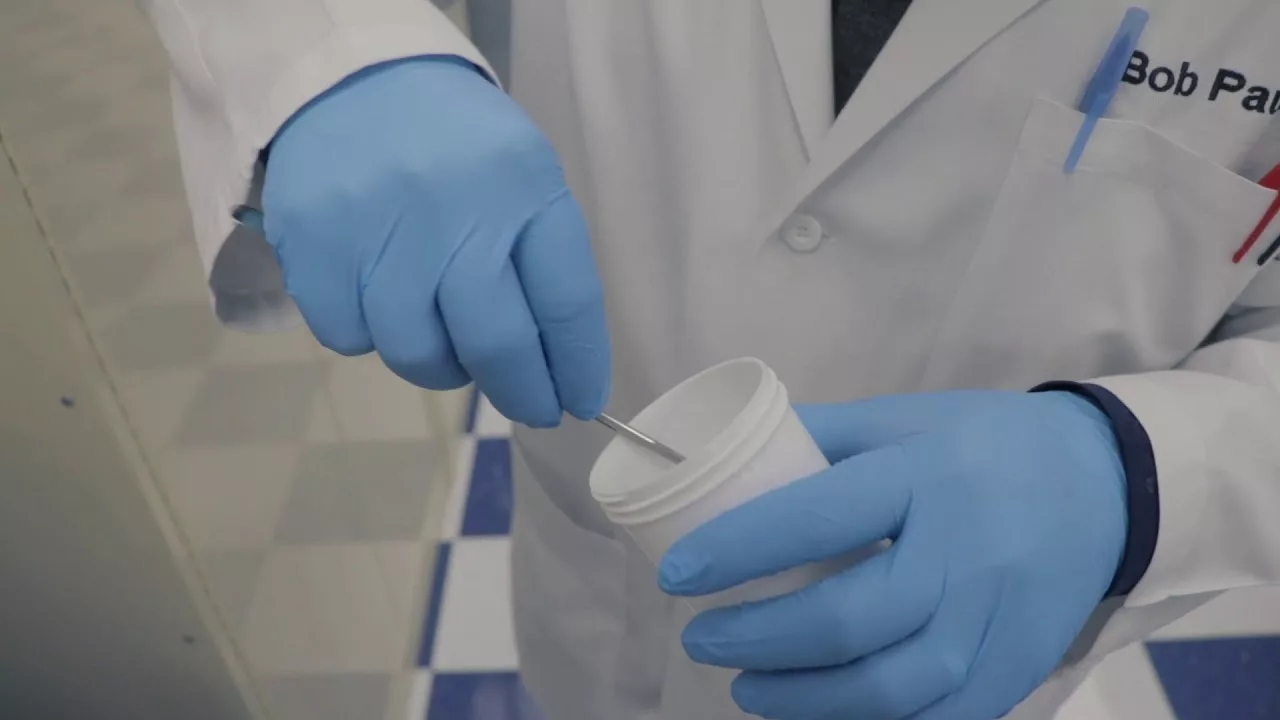Epoxy potting compounds are a type of thermosetting resin system that are widely used for encapsulating or potting electronic components, circuits, and assemblies. They provide protection, insulation, and mechanical support to the encapsulated devices.
Here’s a breakdown of the key aspects and benefits of epoxy potting compounds:
- Epoxy Resin: Epoxy resins are the primary component of epoxy potting compounds. These resins are formed by the reaction of epoxy monomers with a curing agent or hardener. Epoxy resins offer excellent electrical insulation properties, high strength, chemical resistance, and good adhesion to various substrates.
- Curing Process: Epoxy resins are thermosetting materials, which means they undergo a chemical reaction when mixed with a curing agent. This reaction is called curing or crosslinking and leads to the formation of a rigid (or semi-rigid), durable, and chemically stable material. The curing process is typically initiated by heat, although some epoxy systems can cure at room temperature or with the help of UV light.
- Encapsulation and Protection: The main purpose of epoxy potting compounds is to encapsulate and protect sensitive electronic components from environmental factors such as moisture, dust, vibration, and thermal shocks. The cured epoxy forms a protective barrier that shields the components from physical damage, chemical exposure, and electrical shorting.
- Electrical Insulation: Epoxy potting compounds have excellent electrical insulation properties, which make them ideal for applications where electrical insulation is crucial. The cured epoxy acts as an insulating barrier between conductive elements, preventing leakage currents and short circuits. This property is particularly important in high-voltage or high-frequency applications.
- Mechanical Support: Epoxy potting compounds provide mechanical support and reinforcement to fragile or delicate electronic components. By encapsulating the components in a rigid epoxy matrix, the compound helps distribute mechanical stresses and prevents damage caused by vibration, shock, or physical handling.
- Thermal Management: Some epoxy potting compounds are formulated with fillers or additives to enhance their thermal conductivity. This property helps dissipate heat generated by the encapsulated components, thereby improving their thermal management and preventing overheating.
- Chemical Resistance: Epoxy potting compounds offer good resistance to a wide range of chemicals, including solvents, fuels, oils, and cleaning agents. This chemical resistance protects the encapsulated components from degradation or corrosion caused by exposure to harsh environments.
- Application Flexibility: Epoxy potting compounds come in various formulations with different viscosities, cure times, and physical properties. This allows for flexibility in choosing a specific compound that suits the application requirements, such as potting small components, large assemblies, or applications with specific performance needs.
- Flame Retardancy: Some epoxy potting compounds are specially formulated for flame retardant properties. This results in a epoxy potting system that will self-extinguish when exposed fire. Many of these types of products are tested against UL-94 standards and commonly UL-94V0, the most stringent of the standards.
Epoxy potting compounds are versatile materials that provide excellent protection, insulation, and support to electronic components. They are widely used in industries such as electronics manufacturing, automotive, aerospace, telecommunications, and more.



